Cinnamon Chronicles: What’s the Big Deal About This Spicy Stick?
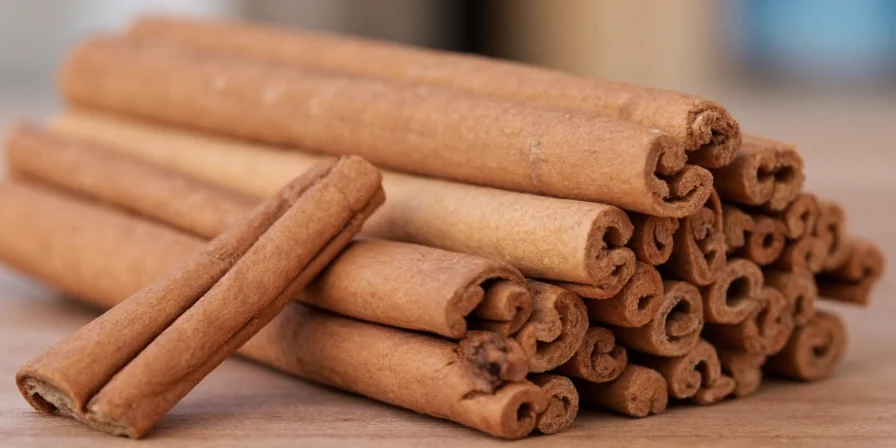
Table of Contents
- The Warmth in Every Bite
- Ceylon vs Cassia: The Great Cinnamon Debate
- Is Cinnamon Good for You? Let’s Spice Up the Truth
- From Breakfast to Baking: Cinnamon Like a Pro
- Pro Tips: How to Buy, Store, and Use Cinnamon Like a Boss
- Fun Facts & Flavor Hacks: Cinnamon Beyond Your Wildest Dreams
- Final Thoughts: Why Cinnamon Deserves a Spot in Your Spice Rack
The Warmth in Every Bite
If your morning oatmeal, grandma’s apple pie, or that fancy latte at the café ever gave you a warm hug from the inside out—you probably have cinnamon to thank. But what exactly is this magical powder that smells like Christmas and tastes like comfort?
Cinnamon is a spice made from the inner bark of trees from the Cinnamomum family. When dried, it forms those lovely curled sticks we call quills—or it can be ground into the fine powder that spices up our lives (literally!). It’s been around since ancient times, used in embalming in Egypt, flavoring food in medieval Europe, and now—well—it’s probably hiding in your pantry right now.
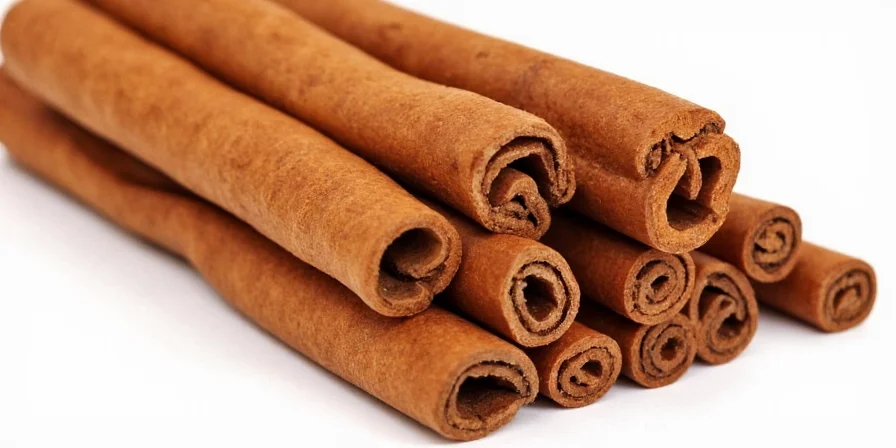
Ceylon vs Cassia: The Great Cinnamon Debate
Here’s where things get spicy—not just flavor-wise, but also identity-wise. There are two main types of cinnamon you’re likely to encounter:
- Ceylon Cinnamon: Also known as “true cinnamon,” this comes mainly from Sri Lanka. It’s lighter in color, more delicate in flavor, and has a subtle, citrusy note. Plus, it’s easier to grind at home because of its thin layers.
- Cassia Cinnamon: The more common variety found in most grocery stores, especially in the U.S. It’s darker, coarser, and has a stronger, spicier kick. Cassia contains more coumarin, which can be harmful in large amounts—something to consider if you’re using a lot.
| Feature | Ceylon Cinnamon | Cassia Cinnamon |
|---|---|---|
| Origin | Sri Lanka, Madagascar | Indonesia, China |
| Color | Light tan to beige | Reddish-brown |
| Texture | Thin, papery layers | Thick, rough bark |
| Taste | Mild, sweet, citrusy | Strong, spicy, slightly bitter |
| Coumarin Content | Low | High |
Is Cinnamon Good for You? Let’s Spice Up the Truth
You’ve probably seen headlines claiming cinnamon cures everything from diabetes to Alzheimer’s. While it’s not quite a miracle cure, there’s some solid science behind its health benefits:
- Blood Sugar Regulation: Some studies suggest that cinnamon may help improve insulin sensitivity, making it a potential ally for people with type 2 diabetes—but always consult a professional before making dietary changes.
- Antioxidant Powerhouse: Cinnamon ranks high on the ORAC scale, meaning it’s packed with antioxidants that fight oxidative stress and inflammation.
- Heart Health: Research shows regular consumption of cinnamon may help lower LDL cholesterol and triglycerides.
- Anti-Microbial Properties: Its natural oils can inhibit bacterial and fungal growth, making it useful in food preservation and oral health.
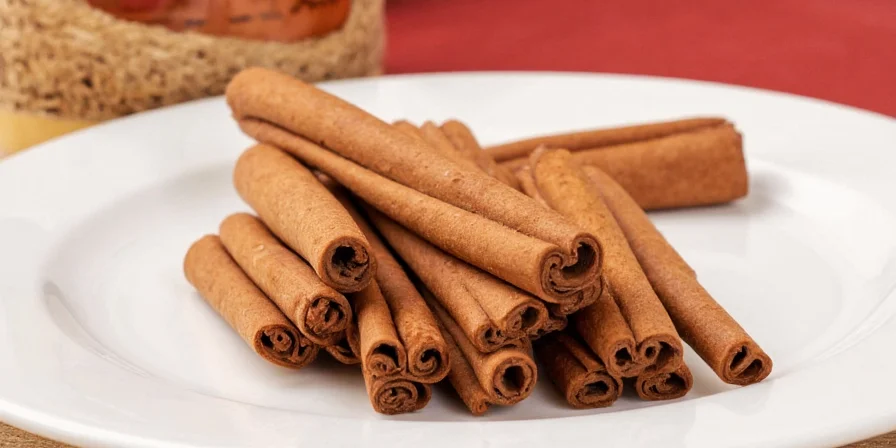
From Breakfast to Baking: Cinnamon Like a Pro
Cinnamon isn’t just for pumpkin spice lattes (though we do love them). Here are some creative ways to bring the warmth into your meals:
- Oatmeal Upgrade: A pinch of cinnamon + banana = instant gourmet breakfast.
- Meat Rubs: Mix with cumin, smoked paprika, and chili for a killer rub on lamb or pork.
- Smoothie Surprise: Boost flavor and nutrition by adding a dash to berry or banana smoothies.
- Baking Must-Have: Classic snickerdoodles, carrot cake, or sticky buns? Yes please!
- Hot Drinks: Stir into coffee, tea, or mulled wine for cozy vibes.
Pro Tips: How to Buy, Store, and Use Cinnamon Like a Boss
Want to maximize flavor and freshness? Follow these simple rules:
- Buy Whole Sticks When Possible: They retain flavor longer than ground versions. Plus, they look fancy in jars!
- Store in a Cool, Dark Place: Airtight containers away from heat and light will keep cinnamon fresh for up to a year.
- Grind Your Own: For maximum potency, use a microplane or spice grinder to make fresh powder on demand.
- Check for Quality: Look for tightly rolled quills and strong aroma. Avoid musty or dusty-smelling varieties.
- Don’t Overdo It: Especially with Cassia, due to coumarin content. Stick to ½ teaspoon per day max unless using Ceylon.
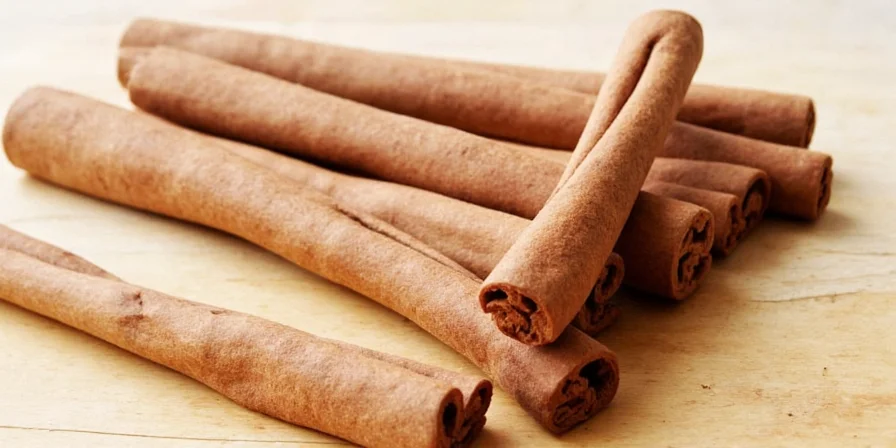
Fun Facts & Flavor Hacks: Cinnamon Beyond Your Wildest Dreams
Let’s end with some quirky trivia and sneaky-sweet ways to enjoy cinnamon:
- Ancient Aphrodisiac: Yep, Egyptians and Romans believed it had love powers. We’ll let you test that theory 😉
- Natural Air Freshener: Simmer sticks in water with orange slices for an instant holiday scent.
- Candy Hack: Roll apple slices in a mix of sugar and cinnamon for a quick treat.
- DIY Toothpaste: Combine baking soda, coconut oil, and a touch of cinnamon for a fresh breath boost.
- History Buff Alert: Mentioned in the Bible and referenced by Herodotus, cinnamon was once worth more than gold!
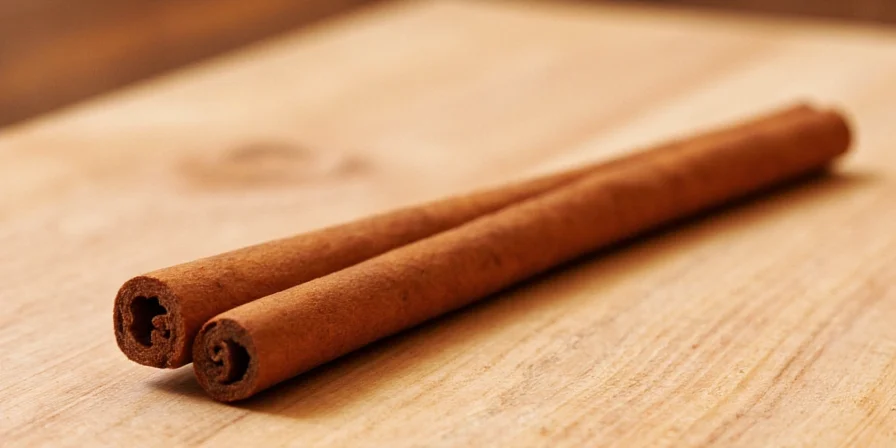
Final Thoughts: Why Cinnamon Deserves a Spot in Your Spice Rack
So whether you're stirring it into your morning coffee, sprinkling it over grilled peaches, or just sniffing that old jar in your pantry (we’ve all done it), cinnamon remains one of the most versatile, beloved, and historic spices on Earth. With its comforting flavor, health perks, and culinary charm, it’s more than just a seasonal star—it’s a year-round MVP.
Now go forth and spice up your life—with a little stick of warmth, one sprinkle at a time 🌿

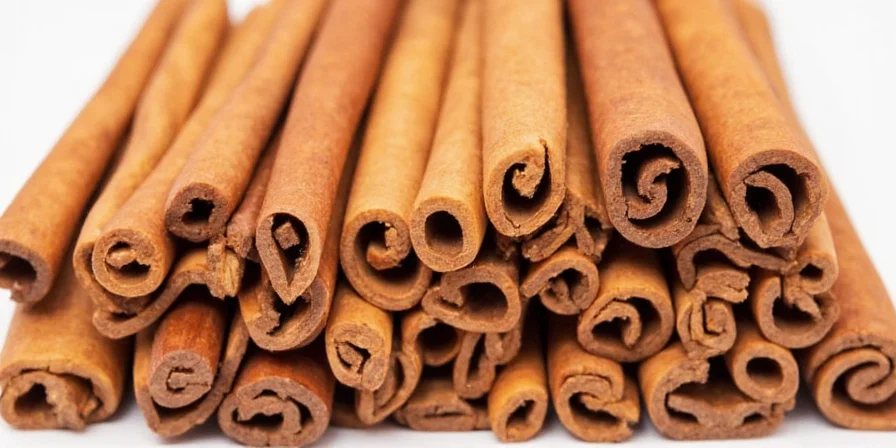









 浙公网安备
33010002000092号
浙公网安备
33010002000092号 浙B2-20120091-4
浙B2-20120091-4